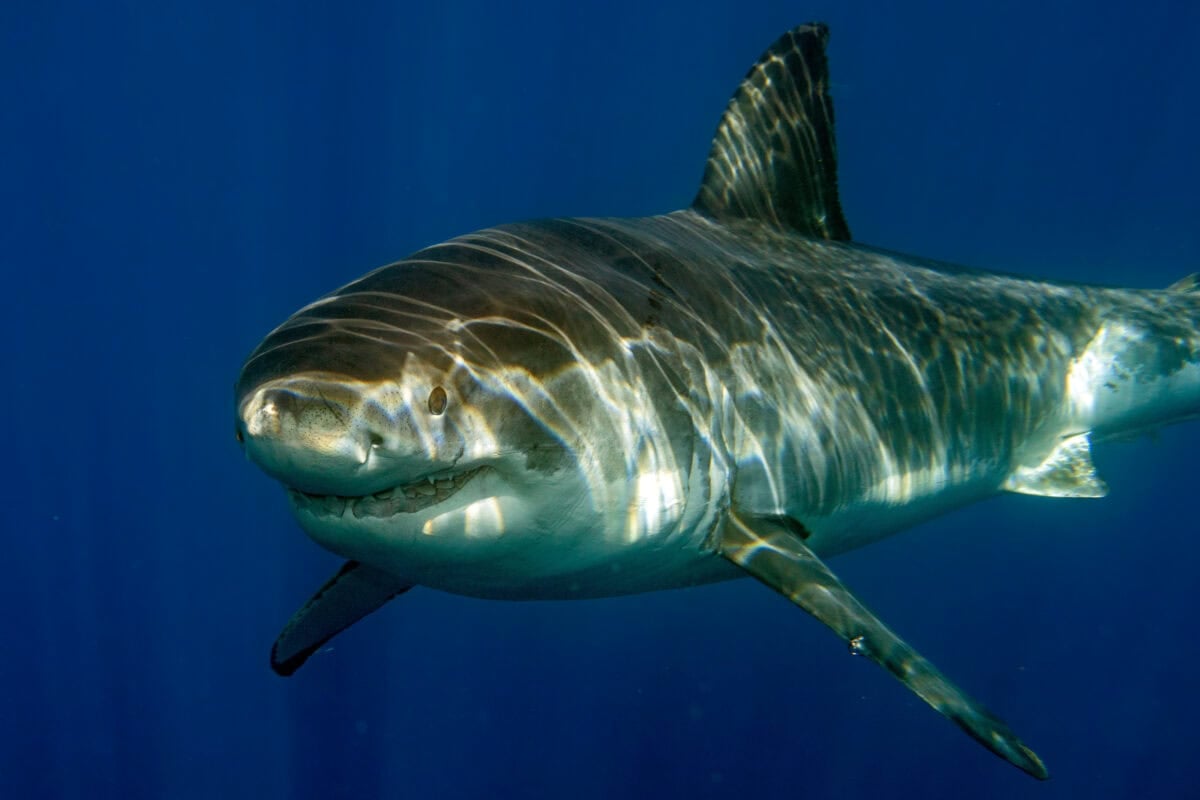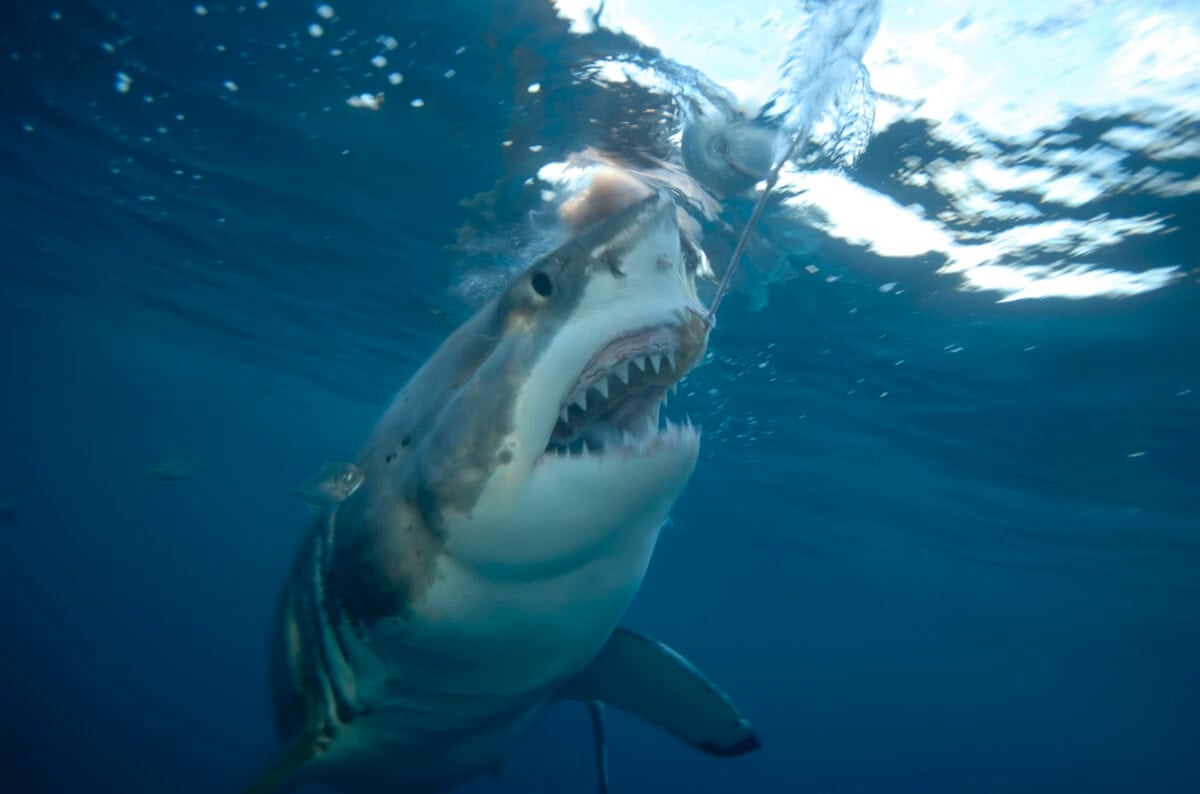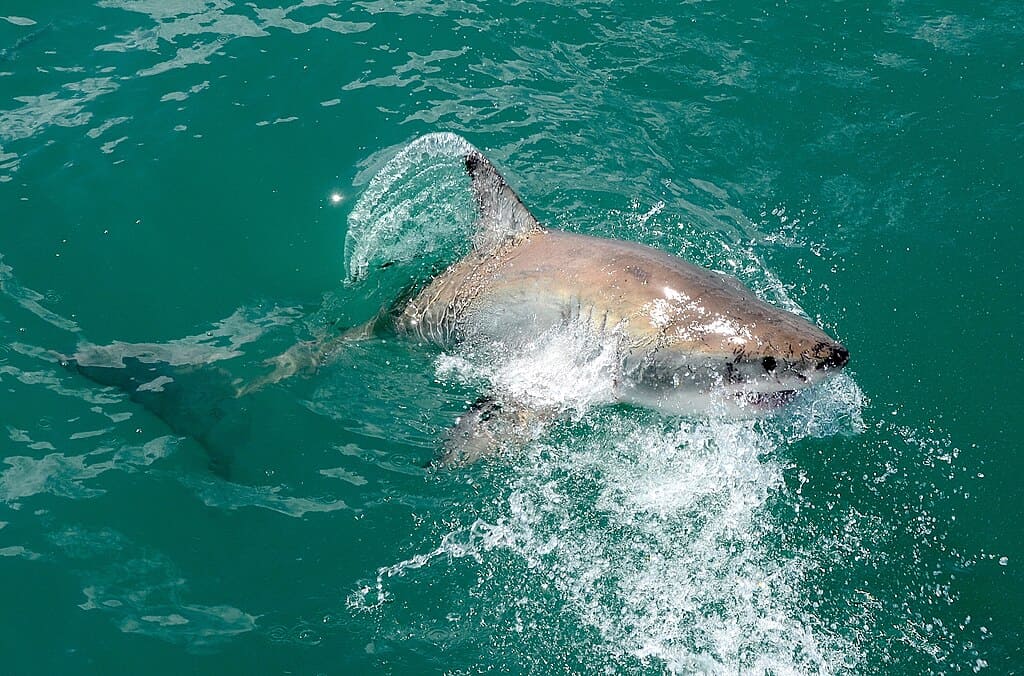The great white shark’s reputation as the ocean’s apex predator has fascinated and terrified in equal measure. Often depicted in popular culture as a ruthless hunter, the question remains: what makes the great white shark the most feared predator of the marine world? This article delves into the biology, behavior, and ecological impact of these magnificent creatures, offering insights into their legendary status.
Introduction to the Great White Shark

The great white shark, scientifically known as *Carcharodon carcharias*, resides in almost all coastal and offshore waters with temperatures between 12 and 24 degrees Celsius. Recognized for their torpedo-shaped bodies and serrated teeth, these marine animals have carved out a niche as formidable predators in the oceanic ecosystem.
Physical Characteristics That Enhance Predation

The great white’s body is a marvel of evolutionary engineering. Growing up to 20 feet in length and weighing over 2,000 kilograms, this shark’s physical attributes, including powerful muscles and a streamlined shape, allow it to reach speeds of over 35 miles per hour—making it an unparalleled hunter in its domain.
Keen Senses For Detecting Prey

Great white sharks boast a set of highly developed senses. Their acute sense of smell can detect blood in the water from miles away. Additionally, they possess electroreception capabilities, with special organs called ampullae of Lorenzini that allow them to sense the electromagnetic fields produced by nearby prey.
The Jaw Is A Formidable Tool

The great white’s jaws are its most fearsome feature, equipped with rows of serrated teeth designed for cutting and ripping flesh. These teeth are continually replaced throughout the shark’s life, ensuring they remain effective. The bite force of a great white is tremendous, allowing it to tackle various prey, from fish to marine mammals.
Feeding Habits and Prey Selection

Great white sharks are not indiscriminate eaters. They primarily hunt pinnipeds such as seals and sea lions but are known to consume fish and even carrion. Their hunting strategy often involves a sudden burst of speed from below their prey, delivering a devastating bite before retreating and waiting for the victim to weaken.
Role in the Marine Ecosystem

As apex predators, great white sharks play a crucial role in maintaining the health of marine ecosystems. By controlling the populations of prey species, these sharks help maintain a balance, preventing any single species from overwhelming the local biodiversity.
Behavioral Traits and Social Structure

Great whites are generally solitary creatures, though recent studies suggest that they might exhibit more complex social behaviors than previously thought. They have been observed interacting in groups around feeding sites, with some sort of hierarchies and social networks established among individuals.
Migratory Patterns and Ranges

Great white sharks are known for their extensive migratory patterns. They can travel thousands of miles across oceans to reach feeding and breeding grounds. This behavior not only aids in their survival but also helps in keeping genetic diversity high among populations.
Conservation Status and Threats

Despite their fearsome reputation, great white sharks face numerous threats, primarily from human activities such as fishing, habitat loss, and pollution. Their populations are decreasing, leading to their categorization as vulnerable on the IUCN Red List of Threatened Species.
The Misunderstood Giant

Great white sharks are often misunderstood creatures. Popular media has exaggerated their danger to humans, but in reality, shark attacks are rare. Great whites do not deliberately prey on humans and most encounters are cases of mistaken identity.
Efforts in Conservation and Research

Conservation efforts are being spearheaded by various organizations dedicated to the study and protection of great white sharks. Research includes tagging and tracking programs to better understand their behavior and migration, which is crucial for developing effective conservation strategies.
The Future of the Great White Shark

As awareness about the ecological importance of great white sharks grows, so too do efforts to protect them. Public education campaigns are essential in reinventing their image from feared killers to vital components of the ocean’s health. This educational push is critical for ensuring that these incredible predators continue to thrive in the world’s oceans.
In conclusion, the great white shark’s legendary status as an apex predator is rooted in its remarkable physical attributes, unparalleled hunting skills, and crucial role in marine ecosystems. By understanding and respecting these creatures, we can help ensure their future, preserving the delicate balance of oceanic life.
- 15 Tips for Managing Spider Infestations During Storm Season - August 8, 2025
- How Superstorms Have Reshaped Coastlines Over Time - August 8, 2025
- The Biggest Moose Ever Recorded in the US - August 8, 2025

